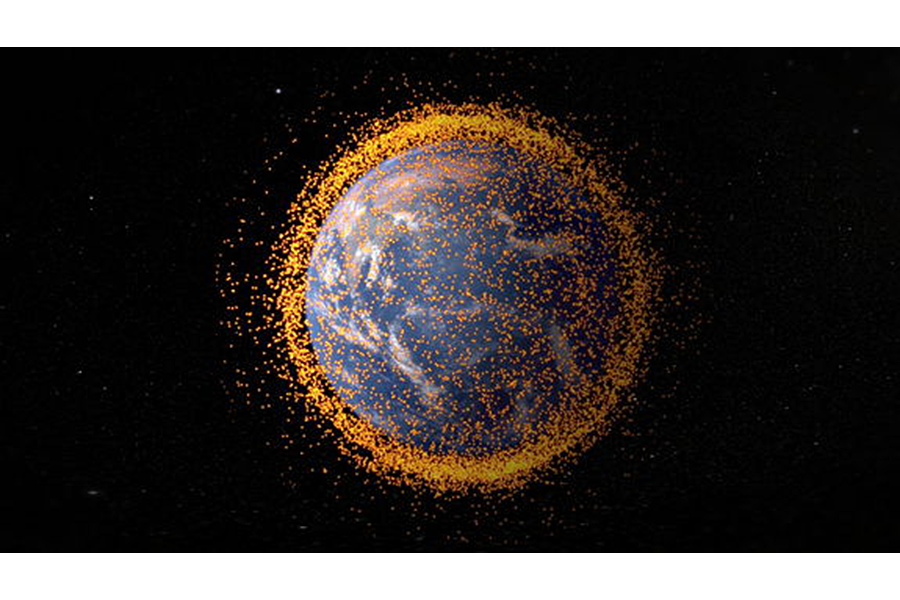Mysterious piece of debris to plummet to Earth next month, say scientists
Loading...
A piece of space junk will fall back to Earth next month, giving researchers a chance to study how incoming objects behave when they hit the planet’s atmosphere.
The object, which is known as WT1190F, is expected to enter Earth's atmosphere on Nov. 13 above the Indian Ocean, about 62 miles (100 kilometers) south of Sri Lanka. The impending impact poses little risk to people, experts say.
"The object is quite small, at most a couple of meters in diameter, and a significant fraction if not all of it can be expected to completely burn up in the atmosphere," Tim Flohrer, of the European Space Agency's (ESA) Space Debris Office at the European Space Operations Center in Germany, said in a statement. [Space Junk: How It Got There and What To Do About It (Video)]
WT1190F's demise should be dramatic to people near the entry site nonetheless, generating a bright fireball in the daytime sky on Nov. 13, ESA officials said.
WT1190F was detected on Oct. 3 by astronomers with the Catalina Sky Survey in Arizona, who subsequently realized that they had imaged the object in 2013 as well. The team's observations revealed that WT1190F orbits Earth every three weeks on a highly elliptical path.
Astronomers have also learned that the object is not dense enough to be a rocky body such as an asteroid and is therefore probably a piece of space junk, researchers said.
"This density is in fact compatible with the object being a hollow shell, such as the spent upper stage of a rocket body or part of a stage," Detlef Koschny, who's responsible for near-Earth object (NEO) activities at ESA’s Space Situational Awareness program office, said in the same statement.
Earth is surrounded by an ever-growing cloud of orbital debris that contains at least 20,000 objects larger than a softball, 500,000 bigger than a marble and millions of shreds and shards too small to track, NASA researchers have said.
Astronomers are keeping a close eye on WT1190F, and they'll study its re-entry avidly to get a better idea of what happens when pieces of space junk come crashing back to Earth.
"The first goal will be to better understand the re-entry of satellites and debris from highly eccentric orbits," said Marco Micheli, an astronomer working at ESA's NEO Coordination Center in Italy.
"Second, it provides an ideal opportunity to test our readiness for any possible future atmospheric entry events involving an asteroid, since the components of this scenario, from discovery to impact, are all very similar," Micheli added.
Follow Mike Wall on Twitter @michaeldwall and Google+. Follow us @Spacedotcom, Facebook orGoogle+. Originally published on Space.com.
- Near-Earth Object Predicted To Put On Fireball Show | Video
- Flaming Rocket Debris Over Australia Is Russian | Video
- The Expanding Danger of Space Debris: Fragmentation
- Space Junk Clean Up: 7 Wild Ways to Destroy Orbital Debris
Copyright 2015 SPACE.com, a Purch company. All rights reserved. This material may not be published, broadcast, rewritten or redistributed.







